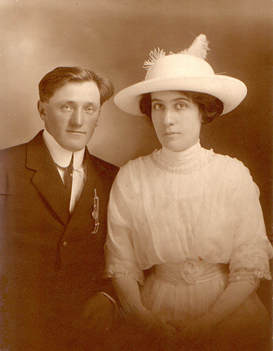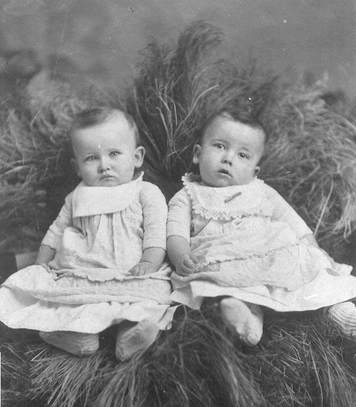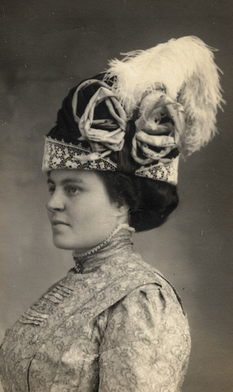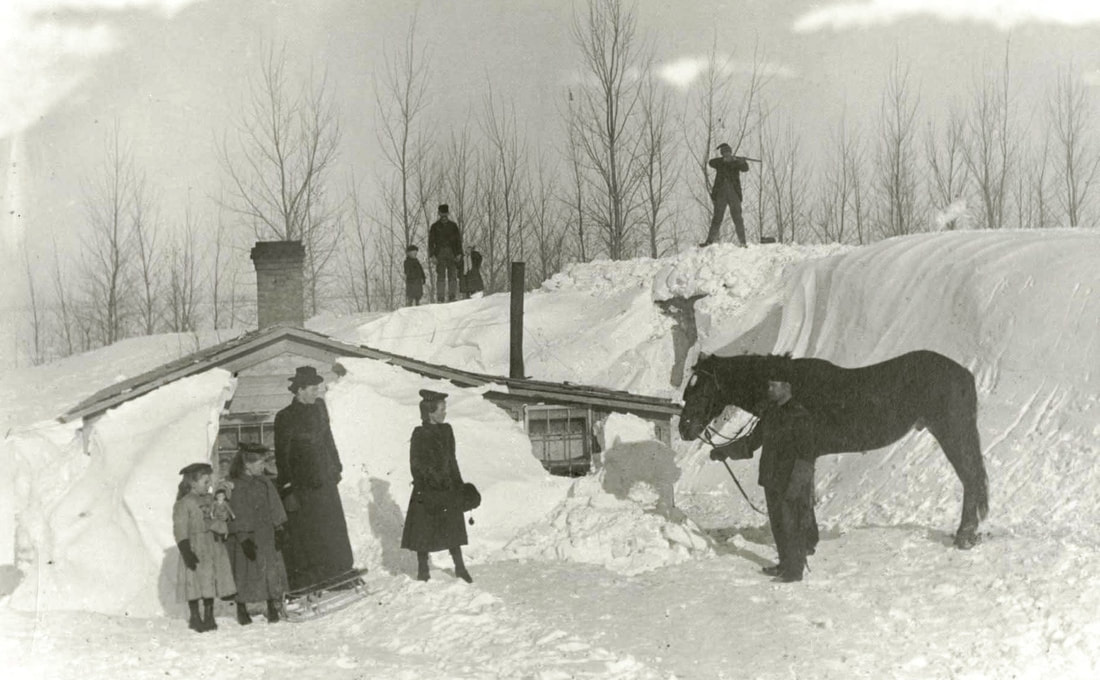|
Brrrr… If you’re in the Midwest this week, you’re likely experiencing colder than normal weather. Usually people from this area take the cold in stride, calling temperatures slightly below zero “chilly”. With 30 below zero temperatures and 50 below windchills, it is now officially cold! I can’t help but think about our pioneer ancestors. How did they ever managed to live through the brutal winters of the late 1800s and early 1900s? We certainly are better prepared to handle harsh weather extremes with modern technology. Our ancestors had to stay alert and prepared to handle the brutal winters. Their homes were weatherized as best they could with the woodpile stocked but it must have been difficult to handle days like these. As you write your family history, look at ways to incorporate the weather into your story. Let’s look at ways to do this. When we write our family history, we need to write about our family in the context of their time. As we incorporate local events into our story, we do need to be careful not to assume we know the impact on our people. However, I think it is fair to assume that having temperatures of 30 below or record snowfall or flooding in the locale where they lived would impact their daily life.
If official weather records note that the winter of 1885 had record cold temperatures and snowfall, we can assume that it would impact daily activity for the people in the region impacted. A farmer trying to feed his cattle or keep the house warm for the new baby would be challenged in weather like that. You could incorporate something about that year and weather into your story by using the facts about your family and the facts about the weather. On the other hand, if you also know that in 1885 there was a terrible earthquake in India, please don’t tie that into your family history unless your family lived in that region of India. Our ancestors in the Midwest may have read about the earthquake and felt sad for the loss of life, but we don’t know that and can only imagine how they felt. If you want to incorporate weather *sparingly* into your family story, how to do you find out what the weather was like in your ancestor’s region. In a prior post we talked about using books such as “The Children’s Blizzard” by David Laskin or your local county history books or regional history books to learn more about significant weather events. In addition to books there are online resources. Resources Minnesota Historical Society – article on Minnesota weather and pioneers. It contains a short quiz with quotes from people who lived in Minnesota Territory in the 1850s. There is a book available to purchase: Minnesota Weather Almanac, Second Edition by Author Mark W. Seeley. I haven’t read it, but it does sound like it focuses on major weather events across the state. Chronicling America – This free resource of historical newspapers can be used to find weather information current to a region and time. In this example from a 1902 paper, you can read about a terrible hailstorm in Morton county that killed livestock and damaged crops plus general crop and weather across the state. Just like today a severe weather event would be noted in the newspaper. Only In Your State – This site has various topics per site. The link points specifically to the six worst blizzards in North Dakota and South Dakota. I would use this information as a starting point to do additional research using original sources. Local newspapers - Local reports in newspapers really give you a feel for the impact of a storm on the local settlers. Local Histories – Often local county and regional histories talk about the weather and environment that pioneers experienced. Look to see if there is something available for your specific county or township. Diaries and original papers – Find out what the folks who lived during the time experienced. Perhaps your ancestors had similar experiences. By looking at the environment and weather that our pioneer families experienced, we can better capture their lives. Enjoy the modern conveniences during this cold weather snap. Imagine when a “quick” trip to the store required: hitching the horses to the sleigh, bundling yourself in blankets and driving ten miles one way in bitter cold. Stay warm! “To appreciate the beauty of a snowflake, it is necessary to stand out in the cold.” --Aristotle
0 Comments
Leave a Reply. |
AuthorWith a lifelong passion for genealogy and history, the author enjoys the opportunity to share genealogy tidbits, inspiring others to research and write their family story. Archives
July 2024
Categories |




 RSS Feed
RSS Feed